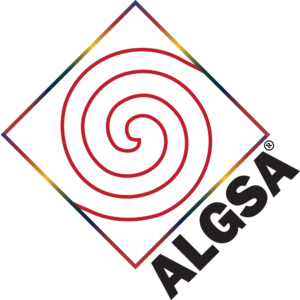Serum bile acid levels identified as independent predictor for outcomes in Alagille syndrome
Serum bile acid (SBA) levels serve as an independent predictor for clinical outcomes in children with Alagille syndrome (ALGS) and neonatal cholestasis, according to a presentation at The Liver Meeting 2023.
The study, based on a cohort of 570 patients from the GALA study, revealed that higher SBA levels are associated with reduced native liver survival (NLS), liver transplantation, and mortality.
Results of the study found that SBA levels exhibited a moderate positive correlation with total bilirubin levels. Importantly, the study found that SBA was a significant predictor of outcomes, with a hazard ratio of 3.78 (95% CI 2.39-5.99, P < 0.001), independent of total bilirubin levels. This predictive effect remained significant even after adjusting for total bilirubin clearance at 1 year.
Notably, patients with median SBA levels above the progressive familial intrahepatic cholestasis threshold in the first 3 years demonstrated lower NLS at 8 years of age. This effect persisted even in patients with favorable bilirubin trends.
The findings have significant implications, particularly in the current era of ileal bile acid transporter inhibitor therapies that aim to reduce SBA levels. While these therapies are currently indicated for pruritus management, the study suggests that they may also influence crucial clinical outcomes in ALGS patients.
Reference
Perez CFM, et al. Serum bile acids are associated with native liver survival in patients with Alagille syndrome: results from the GALA study group. Presented at: The Liver Meeting 2023.
